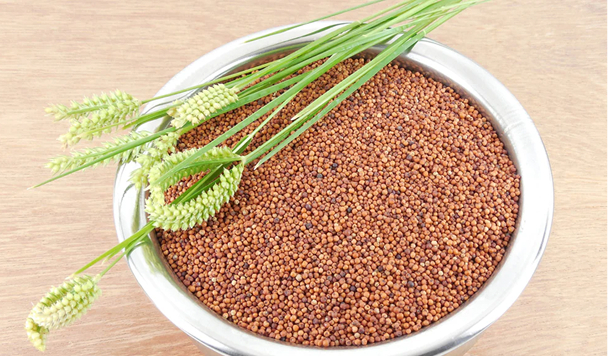
Top Insights on Ragi: Benefits, Recipes, and Expert Advice
Ragi, also known as finger millet, is a powerhouse of nutrition. This ancient grain is gaining popularity for its numerous health benefits and versatility in cooking. Let’s explore what makes ragi a fantastic addition to your diet, along with some easy recipes and expert insights.
Nutritional Benefits of Ragi
Ragi is packed with essential nutrients. Here’s what you get when you include it in your meals:
- Rich in Calcium: Ragi contains more calcium than most grains. This is crucial for bone health, especially for growing children and aging adults.
- High in Fiber: The fiber content in ragi aids digestion and helps maintain a healthy weight. It keeps you full longer, reducing the urge to snack.
- Gluten-Free: If you have gluten intolerance, ragi is a safe choice. It provides a nutritious alternative to wheat and other gluten-containing grains.
- Low Glycemic Index: Ragi has a low glycemic index, making it suitable for diabetics. It helps regulate blood sugar levels.
- Packed with Antioxidants: Ragi is rich in antioxidants, which combat oxidative stress and may reduce the risk of chronic diseases.
Health Benefits
- Weight Management: The high fiber content helps control appetite. You can enjoy meals without worrying about overeating.
- Bone Health: The calcium and phosphorus in ragi strengthen bones. Regular consumption can help prevent osteoporosis.
- Skin and Hair Health: Ragi is beneficial for your skin and hair. Its antioxidants promote a healthy glow and may reduce hair fall.
- Heart Health: The fiber and antioxidants in ragi support heart health by lowering cholesterol levels.
Easy Ragi Recipes
You don’t need to be a master chef to enjoy ragi. Here are a few simple recipes to get you started:
- Ragi Porridge:
Mix ragi flour with water and cook until it thickens.
Add milk, honey, and your favorite fruits for a nutritious breakfast. - Ragi Dosa:
Combine ragi flour with rice flour and water to make a batter.
Cook on a hot griddle until crispy. Serve with chutney. - Ragi Malt:
Soak ragi overnight, then grind it into a paste.
Mix with water and boil. Sweeten with jaggery for a delicious drink. - Ragi Cookies:
Substitute ragi flour for regular flour in your cookie recipe.
Add nuts and chocolate chips for a tasty treat.
Expert Insights
Leading health blogs emphasize the importance of ragi in a balanced diet. Here are some key takeaways:
- Versatility: Ragi can be used in various dishes, from breakfast to snacks. Its adaptability makes it easy to incorporate into your meals.
- Cultural Significance: In many cultures, ragi has been a staple food for generations. It’s not just nutritious; it’s also a part of culinary heritage.
- Sustainability: Ragi is drought-resistant and requires less water than other crops. Choosing ragi supports sustainable farming practices.
Practical Tips for Incorporation
- Start Small: If you’re new to ragi, begin with small amounts. Gradually increase your intake to allow your body to adjust.
- Mix with Other Grains: Combine ragi with other flours to enhance texture and flavor in your recipes.
- Experiment: Don’t hesitate to try ragi in different forms. From porridge to baked goods, the possibilities are endless.
Ragi is more than just a grain; it’s a nutritional powerhouse that can enhance your health and well-being. With its rich nutrient profile and versatility, it’s easy to see why you should consider adding ragi to your daily diet.
What’s stopping you from trying ragi today? Explore its benefits and enjoy the delicious recipes. Your body will thank you!